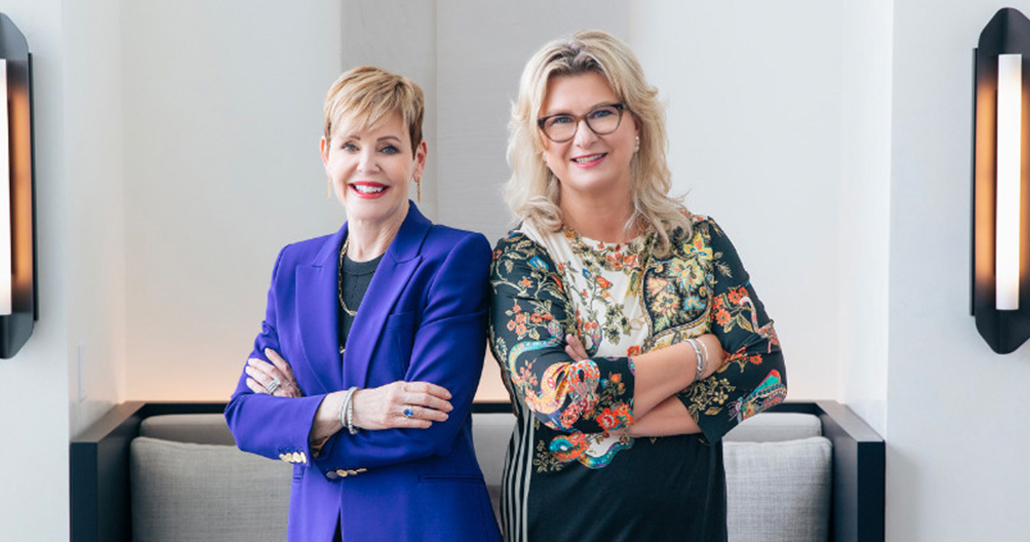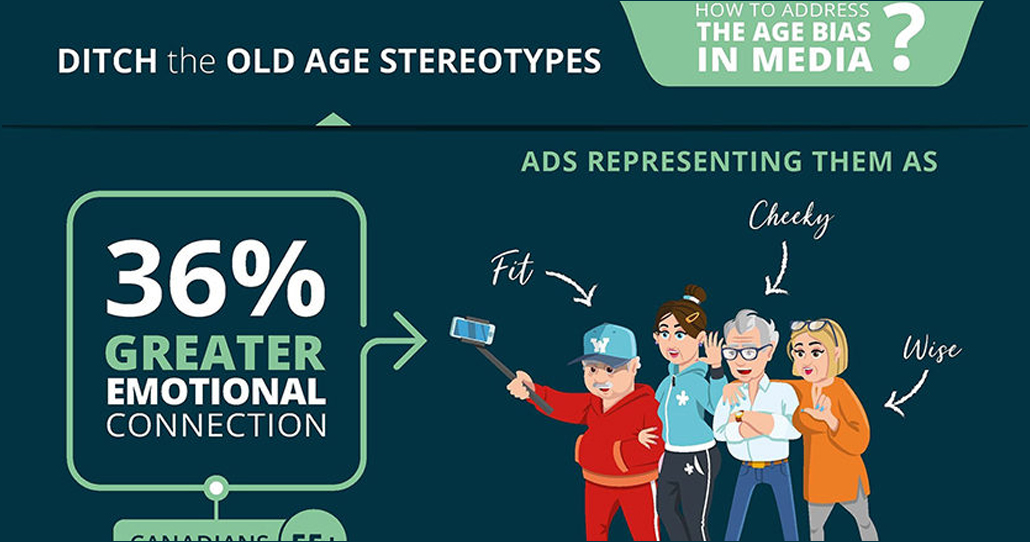On September 29th, 2022, HomeEquity Bank held a webinar fireside chat with Chief Financial Commentator, Pattie Lovett-Reid and Executive Vice President of Marketing and Sales, Yvonne Ziomecki-Fisher. In this webinar, Pattie and Yvonne had an insightful conversation about today’s economic climate and the financial tools available to help your clients be financially secure. In case you missed it, here are the top five takeaways from the fireside chat.
1. Current Economic Landscape:
A major point of discussion between Pattie and Yvonne in the webinar was about the current economic landscape and how reverse mortgages fit in it. Pattie explained that she looks at four key indicators when studying the economic climate.
- Interest Rates
- Inflation Rates
- Job Losses
- Growth
Today’s economic climate can be described as having high interest rates, high inflation, three consecutive months of job losses, and GDP growth of 0.1% month over month in August. All of these indicators impact people differently. For example, lower income groups are slammed by rising inflation as they may not have many savings and their wages have not increased proportionally to higher prices. In the webinar, Pattie mentioned that lower income groups need emergency funds, and many are tapping into credit cards or lines of credit as a solution. However, the CHIP Reverse Mortgage can be a better alternative for Canadians 55+ who have equity in their home. They can turn their equity into tax-free cash to increase their monthly cashflow and weather today’s economic climate.
2. Pros and Cons of a Reverse Mortgage:
As with any financial tool, there are pros and cons. In the webinar, Pattie and Yvonne highlight one of the biggest benefits of a reverse mortgage is that it gives people access to much needed cash during turbulent times. For example, with high inflation, many people find it difficult to afford regular expenses such as their mortgage payments. A reverse mortgage can be a great solution for individuals in this situation as it offers them an opportunity to use the equity in their home and use the tax-free cash from their home as a source for emergency funds.
On the other hand, Pattie also points out that one of the biggest costs associated with reverse mortgages are the high interest rates especially in comparison with other financial products such as conventional mortgages. However, the gap in interest rates between conventional mortgages and reverse mortgages is far lesser today than it was six months ago. Furthermore, a premium exists for a reverse mortgage because with a reverse mortgage, your client is not required to make any monthly mortgage payments. In addition, HomeEquity Bank has a No Negative Equity Guarantee which ensures that if your client meets their mortgage obligations, HomeEquity Bank guarantees that the amount they will have to pay on their due date will not exceed the fair market value of their home. If their home depreciates in value and the mortgage amount due is more than the gross proceeds from the sale of the property, HomeEquity Bank covers the difference between the sale price and the loan amount.
3. Product Options:
Another key takeaway from Pattie and Yvonne’s webinar was the discussion of HomeEquity Bank’s Income Advantage product and its value in today’s economic climate. The Income Advantage product allows your clients to take money in smaller increments, which can be especially valuable in today’s climate of higher interest rates, as it only charges the interest on what they have borrowed. Instead of taking out all the money they have been approved for, with Income Advantage, your client can just take some of it for their current needs such as paying off a car loan or credit card. After this, with the remaining money, your client can receive monthly increments of any amount that they choose to supplement their income.
4. Misconceptions:
In the webinar, Pattie and Yvonne also dispel one of the biggest misconceptions surrounding reverse mortgages. This misconception is if a client lives for too long then they will run out of money and will have none left in the later years of their retirement. However, this is false because as clients age, the value of their home continues to appreciate so it’s highly likely that they will still have plenty of equity in their home to assist them in the later parts of their retirement. In fact, Pattie and Yvonne explain that in around 99% of situations, clients still have money left over for the later stages of their retirement.
5. Independent Legal Advice:
One of the most important things that Pattie and Yvonne talk about in the webinar is the importance of independent legal advice (ILA) in the process of getting a reverse mortgage. The process of ILA exists to protect the mortgage broker, advisor, and most importantly the client when getting a reverse mortgage. Before anything is finalized, clients must get ILA through a lawyer they trust. The lawyer carefully explains to the client what a reverse mortgage is and exactly how it works. Furthermore, the lawyer may also discuss other financial tools with the clients such as downsizing or HELOCs in order to ensure that the best available option is being made. The process of ILA is crucial to keeping the clients and everyone else involved protected.
If you would like to hear from Pattie and Yvonne yourself and see them delve into even more details about these takeaways, then click here to watch a recording of the webinar.









